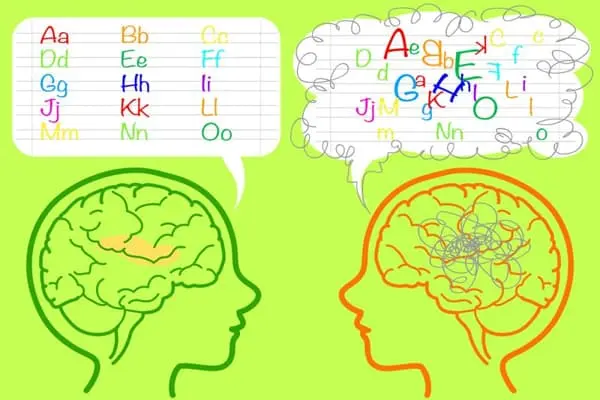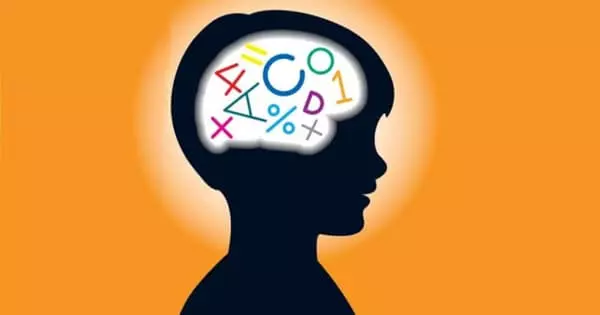The first study, which combined multiple new methods to understand visual processing and brain activity in dyslexia, could improve understanding of which brain processes are affected by the condition and potentially improve interventions.
Dyslexia is not caused by vision or eye problems. They are unrelated issues that may co-occur, so a child may have both. Children with dyslexia are no more likely than other children to have eye and vision problems.
According to new research, children with dyslexia process visual information at a slower rate, shedding new light on which brain processes are affected by dyslexia beyond reading ability. However, if your child is having difficulty reading, an eye exam is recommended. You’ll want to address any vision issues. However, even if their vision is corrected with glasses or eye exercises, children with dyslexia will continue to exhibit dyslexic symptoms.
The study, the first to combine new methods to understand visual processing and brain activity in dyslexia, challenged a group of children aged six to fourteen to identify the average direction of motion of a mass of moving dots while their brain activity was measured.
These findings demonstrate that the difficulties that children with dyslexia face are not limited to reading and writing. Instead, children with dyslexia exhibit differences in how they process visual information and make decisions as a group. It discovered that children with dyslexia took longer and were less accurate than their typically developing peers to gather visual evidence.
Dr. Cathy Manning
It discovered that children with dyslexia took longer and were less accurate than their typically developing peers to gather visual evidence, and that the behavioral differences were reflected in differences in brain activity.
In rare cases, children may experience severe difficulties with visual perception or visual processing. These issues can make it difficult to read. But the problem isn’t with vision in and of itself. It has something to do with how the brain recognizes details in visual images and processes what the eyes see.
Although dyslexia is known to impair reading ability, researchers are still unsure which brain processes are affected by the condition. Increasing awareness of this issue has the potential to result in more effective support for those affected.

Dr. Cathy Manning, lead researcher at the University of Reading’s Centre for Autism, stated: “These findings demonstrate that the difficulties that children with dyslexia face are not limited to reading and writing. Instead, children with dyslexia exhibit differences in how they process visual information and make decisions as a group. Future research will be required to determine whether these differences in visual processing and decision-making can be trained to improve reading ability in dyslexic children or to provide clues as to the causes of dyslexia.”
In the study, synchronized activity over the centro-parietal regions of the brain involved in decision-making steadily increased in all of the children during the task until they made a decision using EEG. Children with dyslexia, on the other hand, experienced this more gradually.
People frequently associate dyslexia with reading words backwards or seeing letters “float” on the page. However, these are very specific and usually transient issues. They occur when children scan text in a different way due to difficulty decoding words.
According to studies, our natural instinct is to focus first on the center of something (such as a picture or a face) and then move outward. Kids are learning to go against their instincts as they learn to read and decode.
Readers who are having difficulty understanding what they are seeing may return to it. They may, for example, scan the page and read the word was as saw. They may appear to be reading backwards, but they are not. They begin at the right and work their way left.
Dyslexic children typically struggle with three areas: phonological awareness, rapid naming, and semantic skills. As a result, they frequently have difficulty matching sounds to letters. They also have difficulty recognizing and naming letters and words that they come across frequently. They may also struggle to understand the meaning of words and sentences.
The findings support a link between motion processing and dyslexia, though the underlying causes are unknown. Researchers are divided on whether dyslexia is, at its core, a visual processing disorder. With reading and writing being a major challenge for children with dyslexia, gaining a better understanding of its effects on the brain may help us improve existing interventions.
















